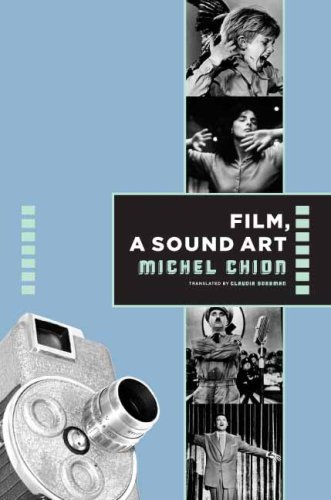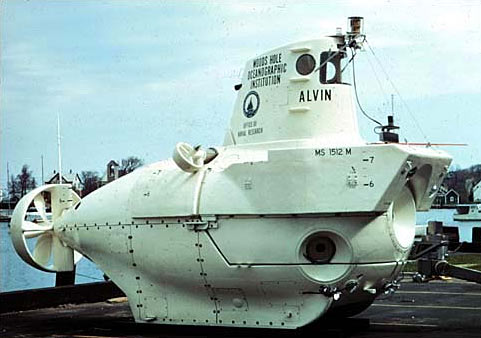Michel Chion: Film, a Sound Art (2003/2009)
Filed under book | Tags: · aesthetics, audiovisual, cinema, film, film history, film sound, film theory, hearing, listening, music, noise, poetics, sound, sound studies, time, voice

“French critic and composer Michel Chion argues that watching movies is more than just a visual exercise—it enacts a process of audio-viewing. The audiovisual makes use of a wealth of tropes, devices, techniques, and effects that convert multiple sensations into image and sound, therefore rendering, instead of reproducing, the world through cinema.
The first half of Film, A Sound Art considers developments in technology, aesthetic trends, and individual artistic style that recast the history of film as the evolution of a truly audiovisual language. The second half explores the intersection of auditory and visual realms. With restless inventiveness, Chion develops a rhetoric that describes the effects of audio-visual combinations, forcing us to rethink sound film. He claims, for example, that the silent era (which he terms “deaf cinema”) did not end with the advent of sound technology but continues to function underneath and within later films. Expanding our appreciation of cinematic experiences ranging from Dolby multitrack in action films and the eerie tricycle of Stanley Kubrick’s The Shining to the way actors from different nations use their voices and words, Film, A Sound Art showcases the vast knowledge and innovative thinking of a major theorist.”
First published as Art sonore, le cinema, 2003
Translated by Claudia Gorbman
Publisher Columbia University Press, 2009
ISBN 0231137761, 9780231137768
536 pages
via johnsonleow
Reviews: Knakkergaard (MedieKultur, 2010), Whittington (Music, Sound, and the Moving Image, 2010), Jaeckle (Quarterly Review of Film and Video, 2011).
PDF (Index missing, 58 MB, no OCR, updated on 2023-3-9)
Comment (1)Osiris 28: Music, Sound, and the Laboratory from 1750–1980 (2013)
Filed under journal | Tags: · acoustics, hearing, history of science, listening, music history, noise, physics, psychoacoustics, science, sound, sound studies, video

“The understanding of sound underwent profound changes with the advent of laboratory science in the nineteenth and twentieth centuries. New techniques of sound visualization and detection, the use of electricity to generate sound, and the emergence of computers radically reshaped the science of acoustics and the practice of music. The essays in this volume of Osiris explore the manifold transformations of sound ranging from soundproof rooms to psychoacoustics of seismology to galvanic music to pedaling technique. They also discuss more general themes such as the nature of scientific evidence and the development of instruments and instrumentation. In examining the reciprocity between music and science, this volume reaches a new register in the evolution of scientific methodology during the nineteenth and twentieth centuries.”
Edited by Alexandra Hui, Julia Kursell, and Myles W. Jackson
Publisher University of Chicago Press, August 2013
ISBN 022605375X, 9780226053752
303 pages
PDF (updated on 2020-4-16)
Comment (1)Stefan Helmreich: An Anthropologist Underwater: Immersive Soundscapes, Submarine Cyborgs, and Transductive Ethnography (2007)
Filed under paper | Tags: · anthropology, anthropology of sound, cybernetics, cyborg, ethnography, hearing, immersion, listening, media, noise, science, sound, sound studies, transduction, water

“In this article, I deliver a first-person anthropological report on a dive to the seafloor in the Woods Hole Oceanographic Institution’s three-person submersible, Alvin. I examine multiple meanings of immersion: as a descent into liquid, an absorption in activity, and the all-encompassing entry of an anthropologist into a cultural medium. Tuning in to the rhythms of what I call the “submarine cyborg”—“doing anthropology in sound,” as advocated by Steven Feld and Donald Brenneis (2004)—I show how interior and exterior soundscapes create a sense of immersion, and I argue that a transductive ethnography can make explicit the technical structures and social practices of sounding, hearing, and listening that support this sense of sonic presence.” (Abstract)
Published in American Ethnologist 34(4), 2007, pp 621-641.
PDF (from the author, updated on 2016-8-25)
Comment (0)
